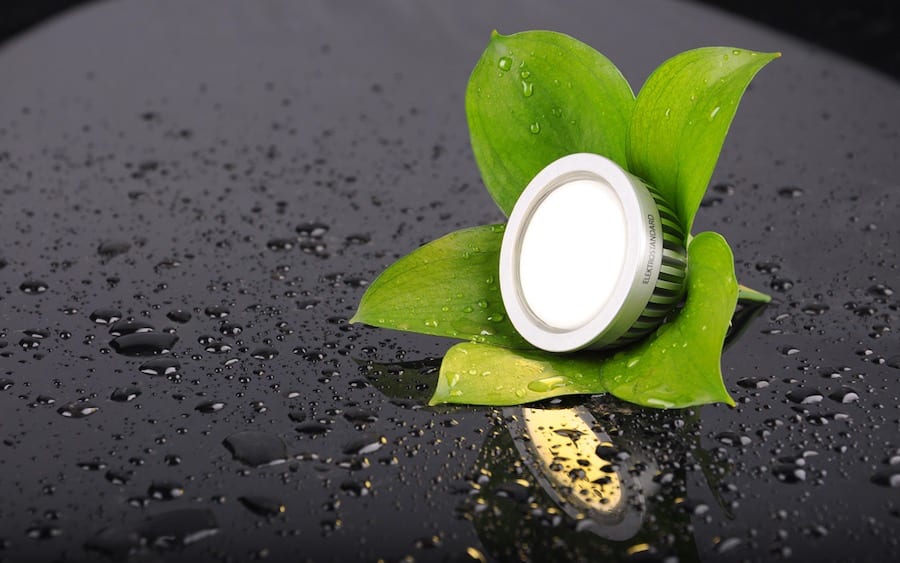
The light-emitting diode, more commonly known as an LED light bulb, is incredibly efficient. They use at least 75 percent less energy and last 25 times longer than incandescent lighting, according to the Department of Energy. Widespread use of LEDs could save about 348 TWh, which is equivalent to the annual electrical output of 44 large electric power plants and savings of over $30 billion.
The Trump administration wants to scrap two final rules concerning light bulb efficiency standards, slated to go into effect in 2020. The new proposal by the Department of Energy rolls back the majority of the definition of incandescent light bulbs last updated in 2017. That means that the inefficient light bulbs used in fixtures like chandeliers and sconces would not be phased out and would continue going into nearly half of the homes in the U.S. And that also means that annual savings of $12 billion in just 2025 will be lost.
LEDs reduce pollution, energy and increase savings
There is report after report touting the benefits of the 2020 efficiency standards and of LED light bulbs in general. The projection for LEDs in 2030 is that they will reach over 80 percent of all lighting sales, according to a 2015 Department of Energy report, resulting in savings of $26 billion a year in electricity costs and reducing the cost of lighting electricity in the U.S. by almost half. LED light bulbs last for up to five years of continuous use, which is 50 times more than incandescent light bulbs and three to seven times more than fluorescent lamps, a Goldman Sachs report found.
An analysis by the American Council for an Energy-Efficient Economy (ACEEE) and Appliance Standards Awareness Project (ASAP) found that rolling back the 2020 efficiency standards will cost consumers at least $12 billion a year in electricity bill savings by 2025, which equate to about $100 per household a year. Rolling back the standards will also increase electricity use by 80 kilowatt hours (kWh) a year, which is about the combined electricity use of all households in New Jersey and Pennsylvania. The wasted energy will increase power plant pollution, which will include 19,000 more tons of nitrogen oxides, 23,000 tons of sulfur dioxide, and 34 million metric tons of carbon dioxide by 2025. That amount of carbon alone equals what over seven million cars emit. Research from Lawrence Berkeley National Laboratory found that 540 million more tons of greenhouse gases would be released by 2030.
“This is another senseless and illegal Trump administration rollback that will needlessly hike our energy bills and spew tons more pollution into the air, harming the health of our children and the environment,” said Noah Horowitz, director of the Natural Resource Defense Council’s Center for Energy Efficiency Standards, in a statement.
Expect rollbacks to continue
Although the current rollbacks do not affect a 2007 law requiring A-lamps, light-bulbs shaped like a pear that are in three billion light sockets in American homes, the DOE plans to issue a rule this year that may roll back standards for them as well. In other words, the Trump administration will continue to roll back measures that benefit the planet and the wallets of Americans.
Image credit: Anton Fomkin, courtesy Flickr


